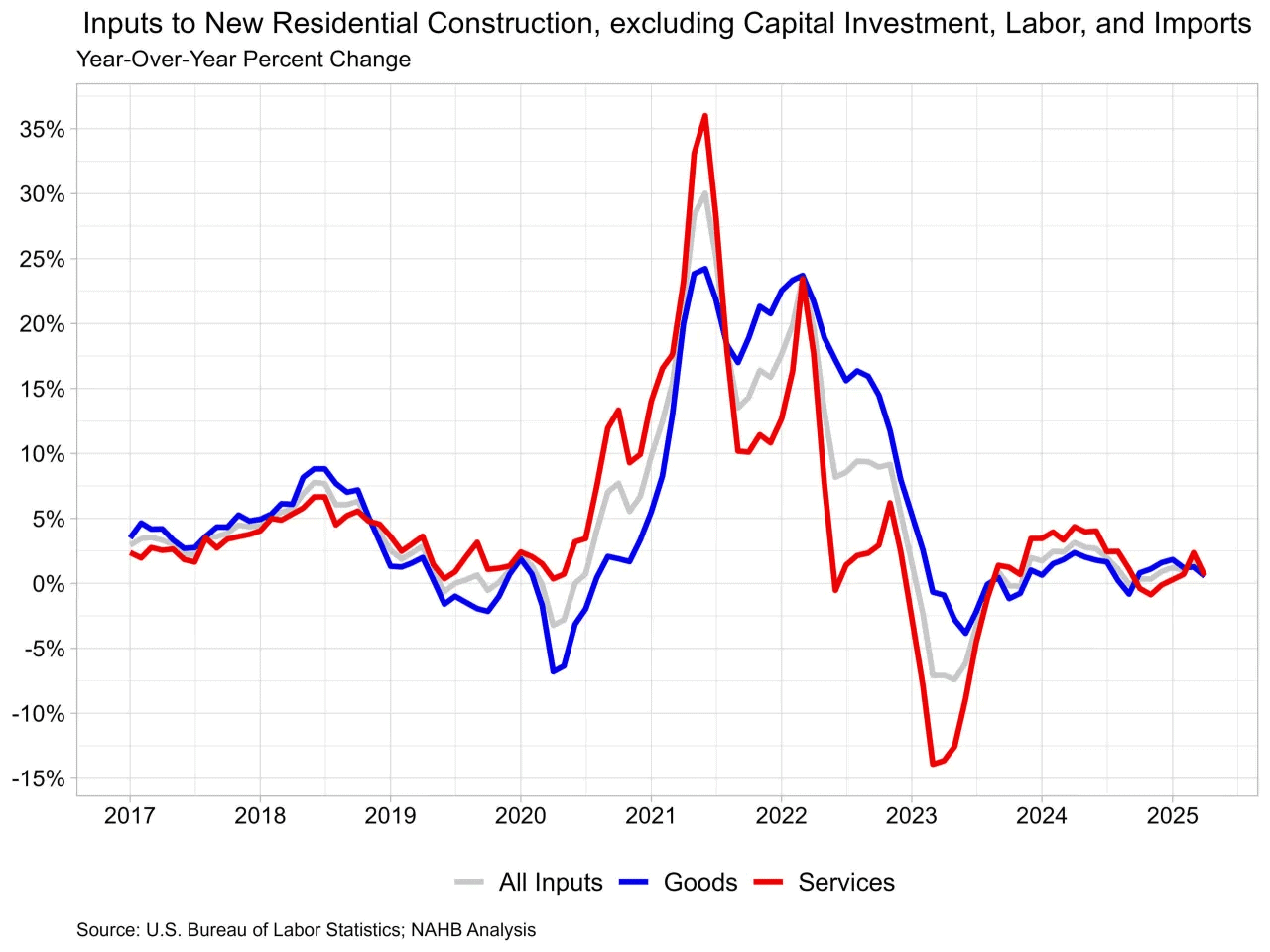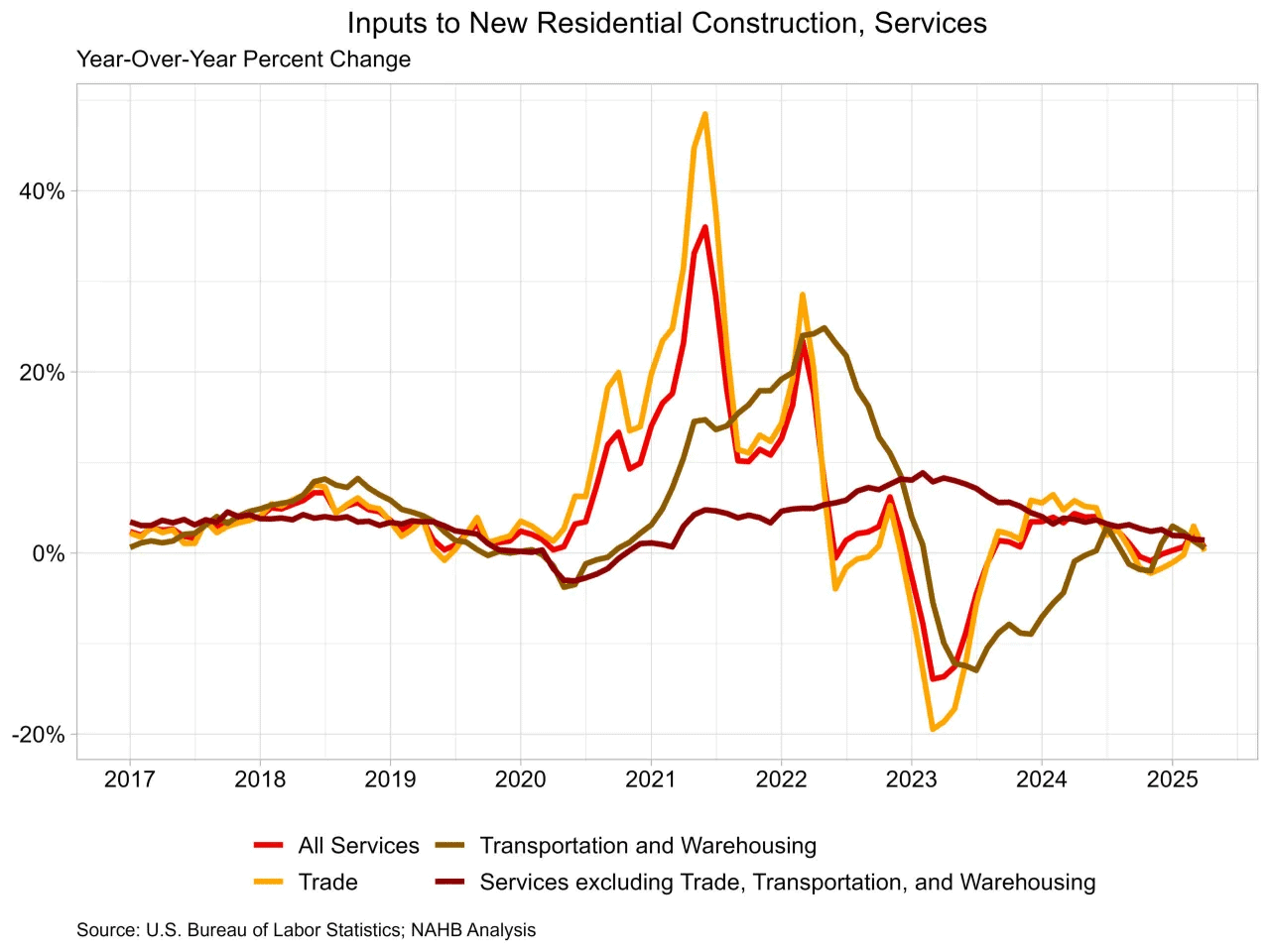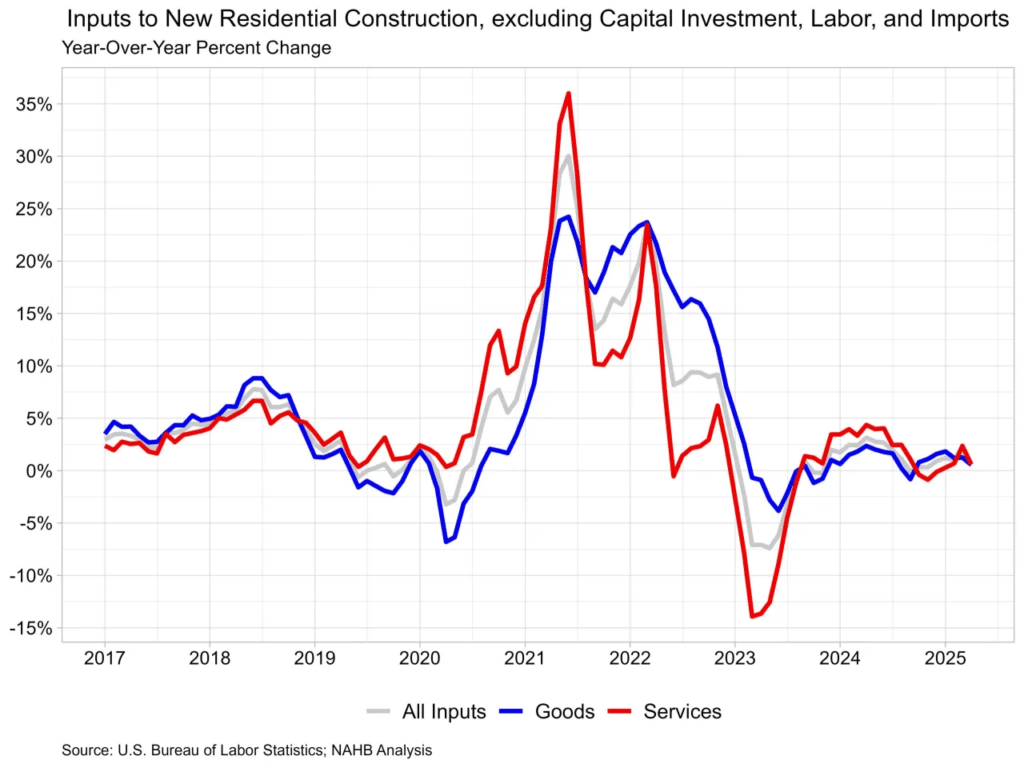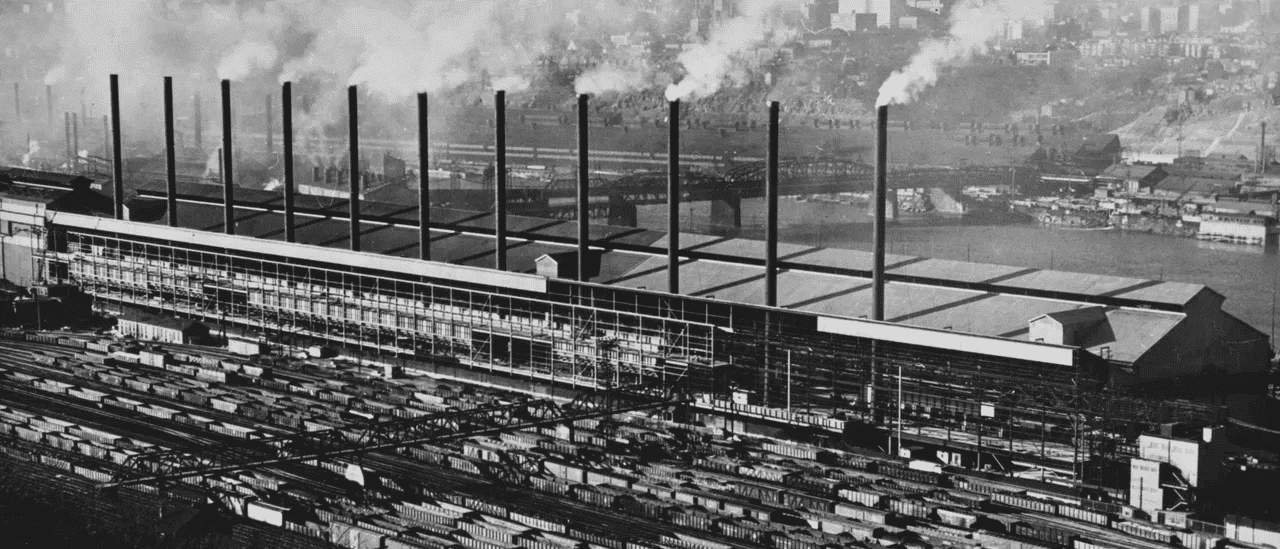
As spring revitalizes the construction industry, builders are paying close attention to trends in building material prices. April has arrived with minor fluctuations, bringing slight increases in costs. In this blog post, we’ll dissect how these changes influence the market and what it means for businesses in the construction industry.
Understanding the April Price Movement
In April, building material prices experienced a modest uptick, consistent with seasonal trends where demand often begins to climb alongside warmer weather. These slight increases are expected, but monitoring them can offer insightful predictors for future movements.
Key Influences on Pricing
- Supply Chain Stability: Ongoing challenges in the global supply chain have moderated price increases. While stabilizing compared to last year, issues such as shipping bottlenecks and material shortages still linger.
- Renewed Construction Activity: The spring season typically marks an increase in construction projects, which naturally elevates demand for materials. This seasonal demand often nudges prices upward, even if only marginally.
Comparative Analysis: Last Year vs. This Year
In contrast to last year, where we saw significant spikes due to pandemic-related disruptions, this April exhibits a more controlled pace. Last year, builders faced steep challenges as sudden price hikes impacted project budgets. This year, while prices have increased slightly, the growth is more predictable, allowing builders to plan with greater confidence.
How This Affects the Construction Industry
The slight increase in building material prices, although modest, carries implications for various stakeholders within the construction industry. Below we explore how different sectors may experience the impact:
Contractors and Builders
- Budget Planning: Contractors now have the opportunity to engage in more accurate budgeting as prices exhibit stability compared to volatile past years. This stability allows for better forecasting of project costs.
- Project Management: With more predictable expenses, contractors can manage ongoing projects without the looming threat of unexpected cost overruns, fostering a more efficient project delivery process.
Material Suppliers
- Inventory Management: Suppliers face the challenge of balancing inventories against the anticipated continuation of slight price increases, ensuring they meet customer demands without overstocking.
- Pricing Strategies: Slight price increases incentivize suppliers to revise pricing strategies to remain competitive while safeguarding profit margins.

Looking Ahead: What to Expect
As we move deeper into the construction season, monitoring these slight changes will be crucial. Experts predict that unless significant disruptions occur, May may witness continued, albeit marginal, price rises as demand solidifies. Keeping a watchful eye on geopolitical events and macroeconomic factors will also be crucial since these elements can suddenly influence supply chains and costs.
Advice for Industry Stakeholders
- Regular Market Analysis: Continually assess market trends and gather reliable data to inform purchasing and pricing decisions.
- Open Communication: Foster clear communication channels with suppliers and clients to effectively manage expectations and communicate cost changes.
Conclusion
While April’s slight increase in building material prices might have caused mild concern, the broader picture tells us of a market stabilizing from erratic swings prompted by the pandemic era. This stability means contractors, suppliers, and builders can better plot their course through the construction season with a fuller understanding of the market’s dynamics.































